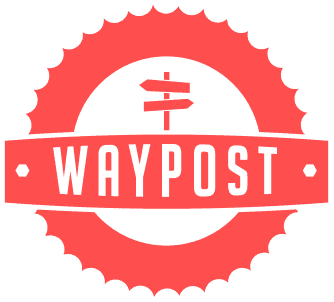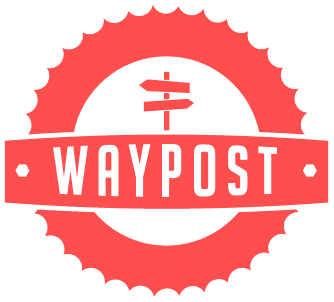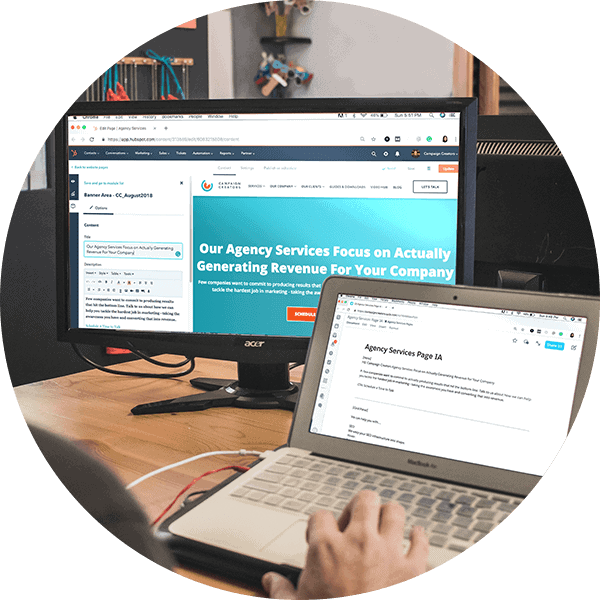
6 Practical Reasons to Outsource Your Digital Marketing
July 7, 2016
3 Marketing Automation Benefits You are Missing
July 19, 2016 The journey of a visitor becoming a paying customer starts with marketing and ends with sales, but there is a big gray area between those points that not everyone knows how to deal with. To clear out the mystery, it’s the time when both your marketing and sales teams should engage in lead nurturing.
The journey of a visitor becoming a paying customer starts with marketing and ends with sales, but there is a big gray area between those points that not everyone knows how to deal with. To clear out the mystery, it’s the time when both your marketing and sales teams should engage in lead nurturing.
Lead nurturing is the process of building relationships with your leads before they become your customers. Not all of them will be a match for your service, but knowing how to nurture your leads effectively will increase your chances of closing more deals. So, here are a few tips:
Keep Your Lead List Clean
The worst thing you can do is purchase a list. It’s a big no-no, a major marketing sin, it’s a death penalty to your email marketing … just don’t do it. Even if you are advised that a good paid list (note this, there are no good paid lists) will help your email marketing campaigns and cold-calling, do your own research on multiple third-party sources before you make a decision to buy.
Paid lists usually include contacts that are no longer active and have been collected from different sources, which means their interests and demographics will most likely not match your buyer persona. Moreover, purchasing email lists and spamming the contacts is illegal in many countries and is becoming a serious issue. So, watch out! Always collect your lead list with your own efforts, using targeted content marketing and distribution.
Then, make sure to keep your lists clean. If you often get spammy submissions, or the user clearly does not match your buyer persona (and there is no chance they will ever match), go ahead and delete them from your CRM. With contacts that are not relevant to your business, you risk the quality of your email stats. Keep it as targeted as you can, so that your open and click-through rates paint an accurate picture.
As inbound marketers like to say, this will help you “create right content to the right people at the right time.” Here’s how you do it.
Base Your Lead Nurturing Strategy on Buyer Personas and Buyer’s Journey
Rule number one of lead nurturing is never contact a lead if they are not ready to be contacted. These are the two main criteria you should base your lead nurturing strategy on:
- Buyer personas – the right people
- Buyer’s journey – the right time
The Right People
If you’re already using a marketing automation platform and have custom form fields for your buyer personas, your submissions are now automatically organizing themselves into categories. Use this segmenting opportunity to send the right message to the right people. If your buyer persona is looking for an outdoor kitchen to have family dinners in the evenings, don’t send them the new pool upgrades your company offers. Instead, send them the new design catalog for outdoor kitchens. Don’t have one? What’s stopping you from creating it (right content, remember)?
The Right Time
Monitor your leads to know where they are in their buyer’s journey. Are they just researching, or are they ready to buy? There is nothing creepier than receiving a sales email or call after simply browsing their website for the first time. Placing this kind of pressure on your leads will cause them to lose interest for good.
To reach out to the right people at the right time, set up a lead scoring formula within your marketing automation platform. Define the buyer’s journey of your lead, be ready to be found at their Zero Moment of Truth, and contact them appropriately.
For instance, don’t contact potential customers when they are reading your blog articles, downloading ebooks and checklists, following you on social media, or attending one your webinars. These people clearly haven’t made it to the decision making stage of their buyer’s journey yet, so stay true to the inbound methodology and nurture them by providing more of the content they’re looking for.
However, if they’re researching your pricing information, product comparisons, watching or requesting demos, or are visiting your contact page, meet them halfway and contact them as quickly as you can. If the lead contacted you first, there is no excuse for not sending a quick reply. According to the Harvard Business Review, “Many firms are too slow to follow up on these leads.” Moreover, “37% responded to their lead within an hour, and 16% responded within one to 24 hours, 24% took more than 24 hours—and 23% of the companies never responded at all.”








